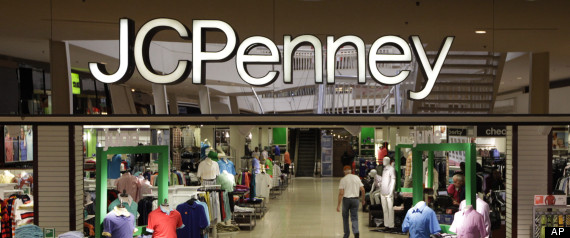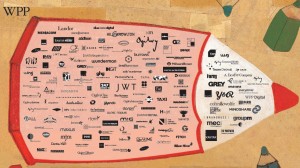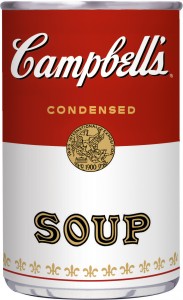
As technology advances, new cars continue to be introduced. Within the car industry, the multiple manufacturers make it a highly competitive market. Some of these manufacturers include: Ford, Honda, Nissan, Hyundai, Toyota, Volkswagen, General Motors, and many more. Each manufacturer has their personal strengths and weakness as well as targeting various segments of customers. As competition continues to increase, these manufacturers need to develop new strategies in order to obtain a larger share of the market. General Motor’s take on this new strategy is by increasing their capacity in China.
General Motor’s expansion in China will be a three year process. Within these three years, GM plans to open four additional plants, which will also create “approximately 6,000 new manufacturing jobs” (GM). With this expansion, GM and their joint ventures in China continue to increase in quality and quantity. Bob Socia, the president of GM China, stated that ““GM is a car company, but we are also a people company. You can’t build great vehicles without great talent.” GM and their joint ventures currently have 55,000 employees in China, and this number will continue to rise. By expanding in China, GM is able to find local talent “with a focus on design, engineering, R&D, manufacturing, purchasing, and sales and marketing” (GM). This emphasizes GM’s attempt to retain global talent along with learning to improve their operations with the help of China. By locating facilities globally, GM is able to provide better goods and services for their consumers as well as improving their supply chain.
Along with the increase in plants and employees, this partnership with China has pushed General Motors in a new direction. Over the next five years, GM plans to focus on SUV’s and luxury models. Bob Socia believes that
this new focus along with the expansion in China will result in a positive reaction from consumers. Socia stated that “We expect Cadillac sales to go from 30,000 last year to 100,000 in 2015” (WSJ). Although this may seem very ambitious, the new global strategy of General Motors may end in a positive result. Along with the increase in sales, GM also plans on introducing 17 new and upgraded models in China.
This expansion allows GM to improve on their manufacturing capability through the new plants, employees, and other opportunities within China with their joint ventures. Although these articles don’t include all the parts of the strategic process, they emphasize on GM’s operations process for their new strategy. However, with GM being such a large car manufacturer globally, it’ safe to assume that the other parts of the strategic process which include marketing and finance/accounting are being handled properly as well.
Currently, according to “Spot On Lists”, General Motors is ranked second in the list of the top 10 biggest car manufacturers in the world. The Volkswagen Group is number one on the list. Will GM’s expansion in China allow them to overtake Volkswagen as the largest car manufacturer in the world? Is GM’s new strategy going to result as highly as they forecast? Although the details of their strategy may seem strong on paper, will this plan be executed correctly?

Source:
http://online.wsj.com/article/SB10001424127887324493704578434393384075744.html?mod=googlenews_wsj
http://spotonlists.com/misc/facts/top-10-biggest-car-manufacturers-world/



